If you’re looking to upgrade your audio system, adding an amplifier can be a good option. An amp can help you play music from non-streaming sources on wireless speakers or stream music to non-wireless speakers. When it comes to choosing an amp, it’s not always easy to know what features you need and how different models compare, In this article, we will discuss Which is The Best? Sonos Amp vs Yamaha WXA-50.
One option is the Sonos Amp, which provides 125 watts per channel. The Yamaha WXA-50, on the other hand, only offers 55 watts. Both amps offer wireless multi-room speaker solutions, but the Sonos option is more professional, while Yamaha offers a wider range of cheaper options.
In addition to speaker wattage, other factors like the wireless device ecosystem, usability, and available ports can be confusing when comparing amps. However, with a bit of research, you can be sure you’re making the right choice for your setup.
Table of Contents
Amp vs Yamaha WXA-50: Which is Better?
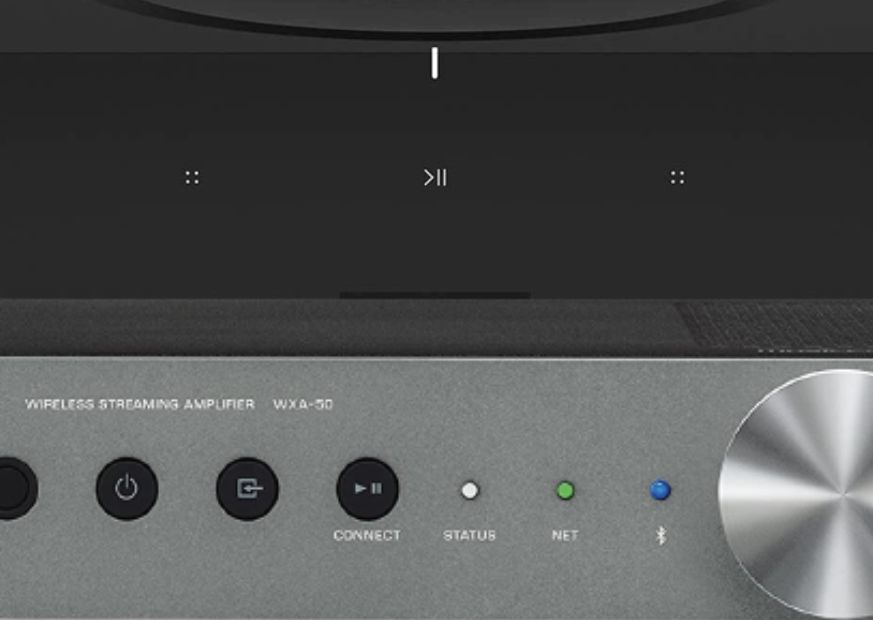
Deciding between the Sonos Amp and the Yamaha WXA-50 can be tough. If you already have a lot of Sonos speakers, the Sonos Amp is a no-brainer. But if you’re starting from scratch and building a multi-room system, the Yamaha might be the better choice for you. Additionally, there are other great alternatives to Sonos gear worth considering.
The Sonos ecosystem is more professional and further along than Yamaha’s multi-room speaker offering, but Yamaha’s family of speakers that can connect to their system is wider and deeper, including soundbars, receivers, and more. And, when it comes to price, Yamaha’s barrier of entry is lower. Furthermore, there are other great alternatives to Sonos gear that are worth checking out (In Our list).
While the Sonos Amp has a higher speaker wattage, there are other factors to consider. Both the Sonos and Yamaha systems have other variations available, such as the Sonos Connect and the Sonos Port, or the Yamaha WXA-50 and the Yamaha WXC-50. There are also other ways to make a speaker wireless, but for now, let’s focus on these two wireless amp options.
- What is Bluetooth 5? All You Need to Know
- Can Cables Go Bad Over Time?
- What Is an HDMI Audio Extractor? (All You Need to Know)
Amp vs Yamaha WXA-50: Features and Specs
Yamaha WXA-50 And Sonos Amp have a lot in common, but there are also some key differences. In terms of network compatibility and usability, the ports available, and most importantly, output wattage per channel, it’s important to understand how these two amps differ and why those differences matter.
Sonos Amp
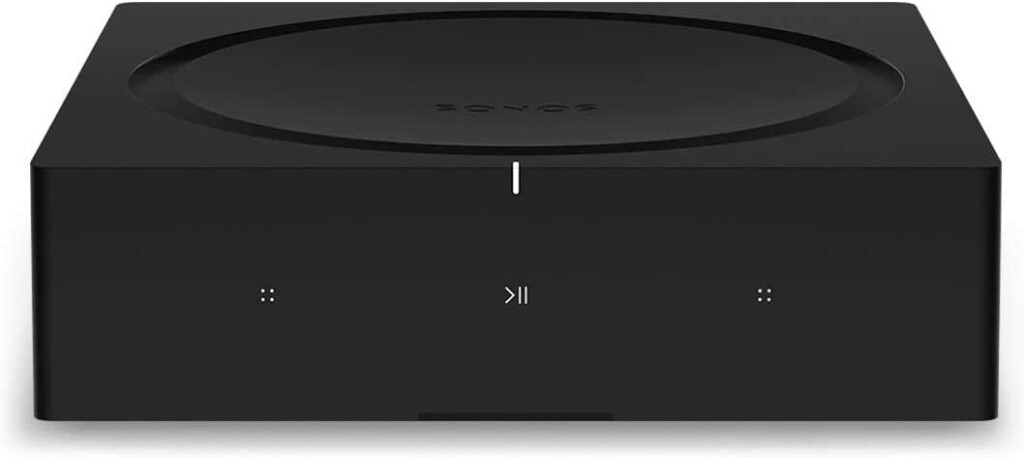
First of all, The Sonos Amp is a great addition to an existing Sonos speaker system, offering more flexibility and style. As a second-generation product, it’s generally more polished and ready for use than the WXA-50. In terms of network compatibility and usability, the Sonos Amp is known for its reliability and ease of use.
Network and Usability
The Sonos system is widely recognized as the gold standard for wireless audio management, offering high-quality hardware and user-friendly software. It’s easy to use and allows you to seamlessly play any content on your speakers, although the hardware does come at a premium price.
In addition, The Sonos Amp expands the system even further, offering aux-in and HDMI-in options and wireless Airplay 2 compatibility, allowing you to get content into your Sonos system that might not be possible otherwise.
Additionally, the Sonos Amp allows you to stream music to non-Sonos speakers, which can be a great option for audiophiles who want to use specific speakers or for those who already have other speakers and don’t want to spend more on individual Sonos speakers.
Overall, the Sonos network is great, and the Sonos Amp adds value by expanding both the input and output options for your audio system.
Ports

First of all, The Sonos Amp has a variety of ports, including RCA inputs for two channels, an HDMI input, and two ethernet jacks. It also has two RCA ports for left and right speaker outputs, as well as a sub output jack for sending a signal to a powered subwoofer. These ports give you flexibility and options for connecting different devices and speakers to your audio system.
Wattage
The Sonos Amp is a newer version of the first-generation Sonos Connect Amp, and it offers a significant increase in channel wattage. The Connect Amp has 55 watts per channel, while the Sonos Amp has 125 watts per channel. This increase in power makes the Sonos Amp more capable of driving higher-end speakers and delivering better audio quality.
Yamaha WXA-50

Yamaha WXA-50(On Amazon) is a strong product from a company with a long history of producing high-quality audio equipment. It has a number of features that make it an attractive option for those looking to add an amp to their audio system.
Network and Usability
Like the Sonos Amp, the Yamaha WXA-50 allows you to play music from non-streaming sources on wireless speakers, or stream music to non-wireless speakers.
It has a few extra connection options, including Optical in and Bluetooth (which the Sonos Amp lacks) and a USB input. The WXA-50 also comes with a remote for switching between inputs easily.
Yamaha’s MusicCast system, which is included on most Yamaha home speakers, offers a similar service to Sonos’ multi-room speaker system. It allows you to connect and control a variety of Yamaha devices, including soundbars and receivers, through the Yamaha MusicCast app.
While it may not be as polished as the Sonos system, MusicCast works well and offers a wider range of devices at a lower average price.
Ports

The Yamaha WXA-50 has many of the same ports as the Sonos Amp, including aux in, left and right channel outputs, and a sub out for a powered subwoofer. It also has an optical-in port, a USB port, and a remote-in for added flexibility.
In addition, the WXA-50 has a trigger input and output, which can be useful for controlling downstream hardware in a large speaker system setup. While it lacks an HDMI in port and has only one ethernet port, it still has most of the connectivity options you would need for audio management.
Wattage
The WXA-50 and the Sonos Amp have different wattages per channel. The Sonos Amp has a higher wattage at 125w, while the WXA-50 has a lower wattage at 55w. However, it’s important to note that the previous generation of the Sonos Amp, the Connect Amp, also had a wattage of 55w per channel.
When deciding between these two amps, you should consider the wattage requirements of the speakers you plan to use with them. For example, if you are using speakers like the Klipsch R-41M Bookshelf Speakers, which have a maximum output of 100w per speaker, you may want to choose an amp with a higher wattage to ensure proper power.
Last Words
The Sonos Amp and the Yamaha WXA-50 are both wireless amplifiers that can be used to add music from non-streaming sources to wireless speakers or stream music to non-wireless speakers.the Sonos Amp has a higher wattage of 125w per channel compared to the Yamaha WXA-50’s 55w per channel, but the Yamaha has a wider range of speakers available and a lower price point.
Finally, the Sonos Amp’s network and usability are generally considered more professional and user-friendly, but the Yamaha has more ports and options for connecting to other devices. Ultimately, the decision between these two amps depends on individual needs and preferences, as well as the requirements of the speakers being used.


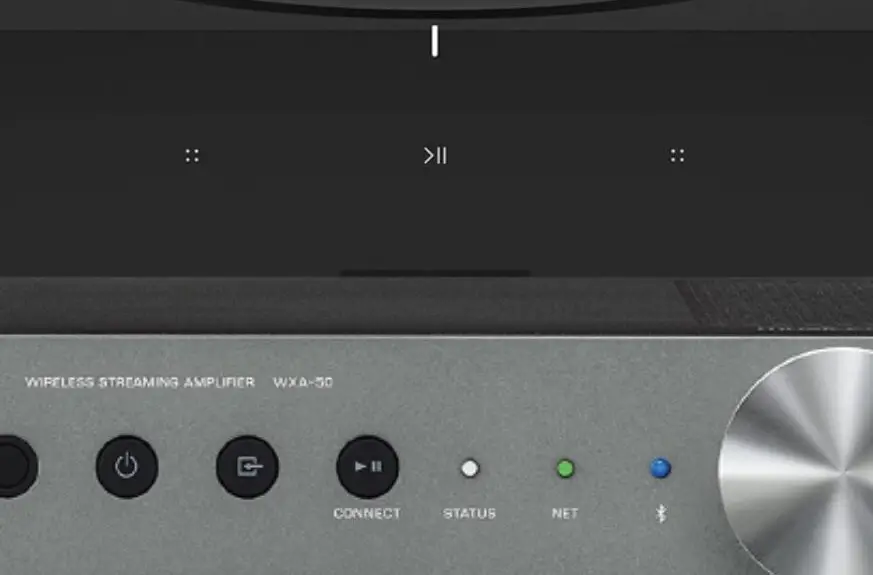

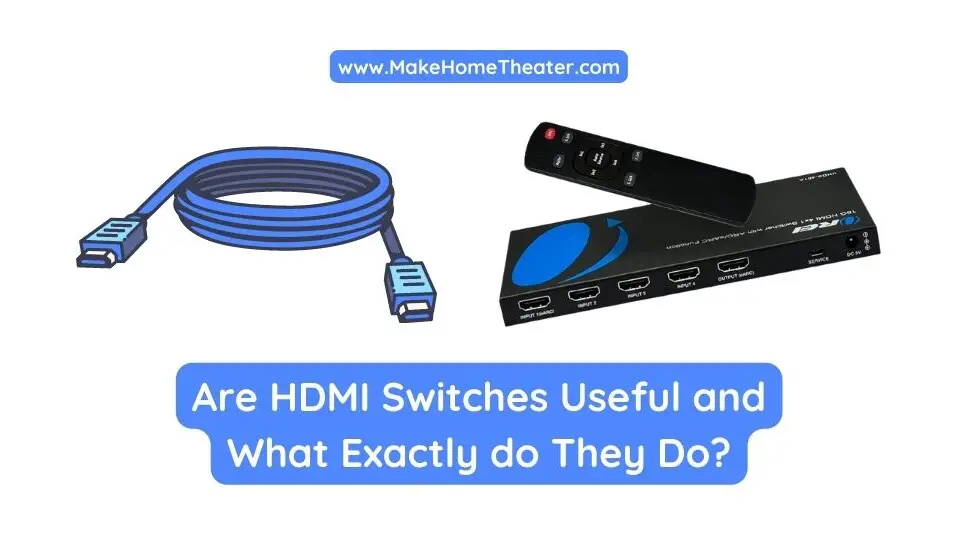
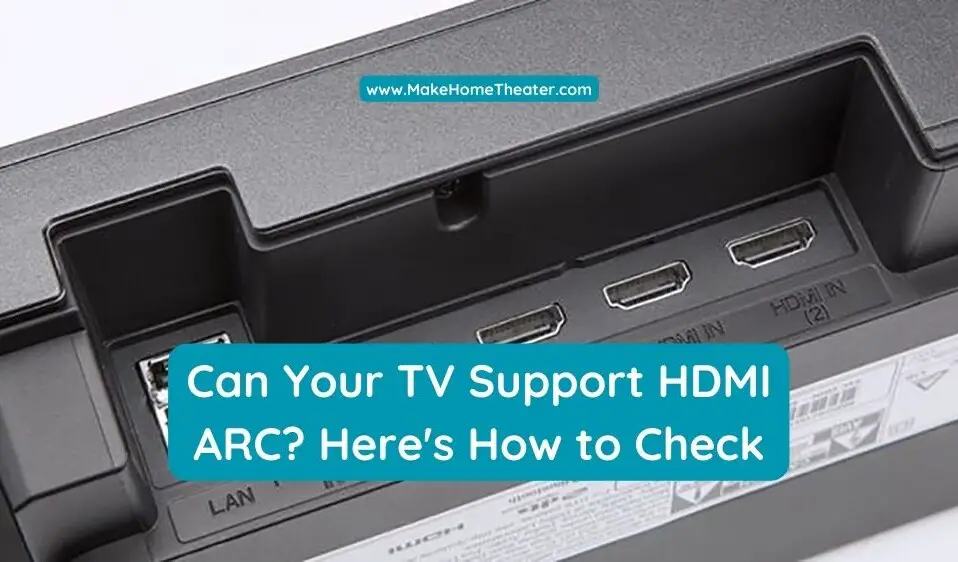
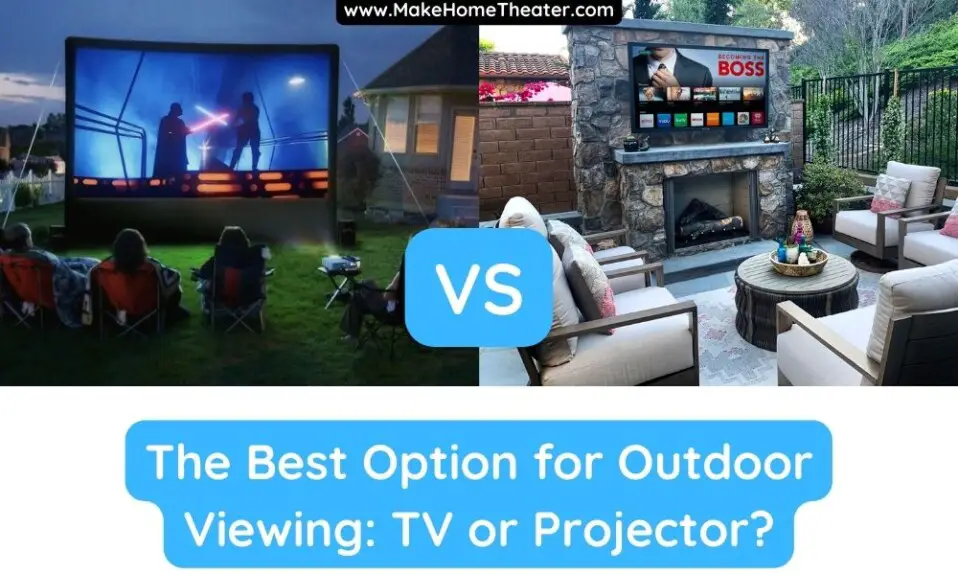

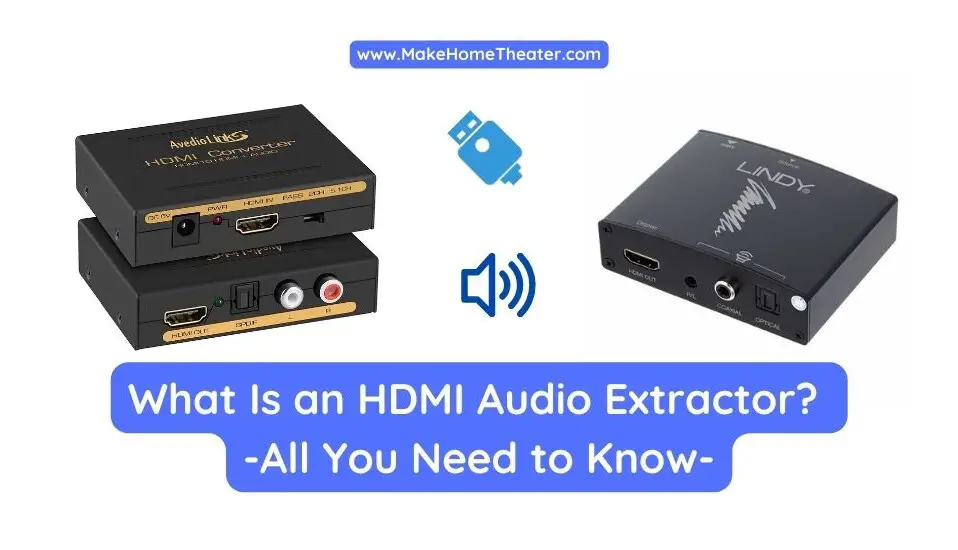
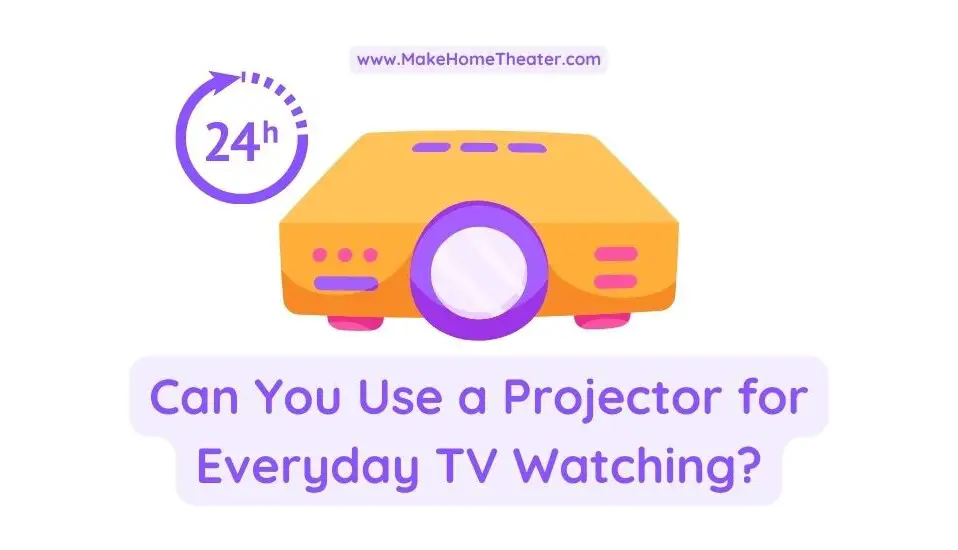
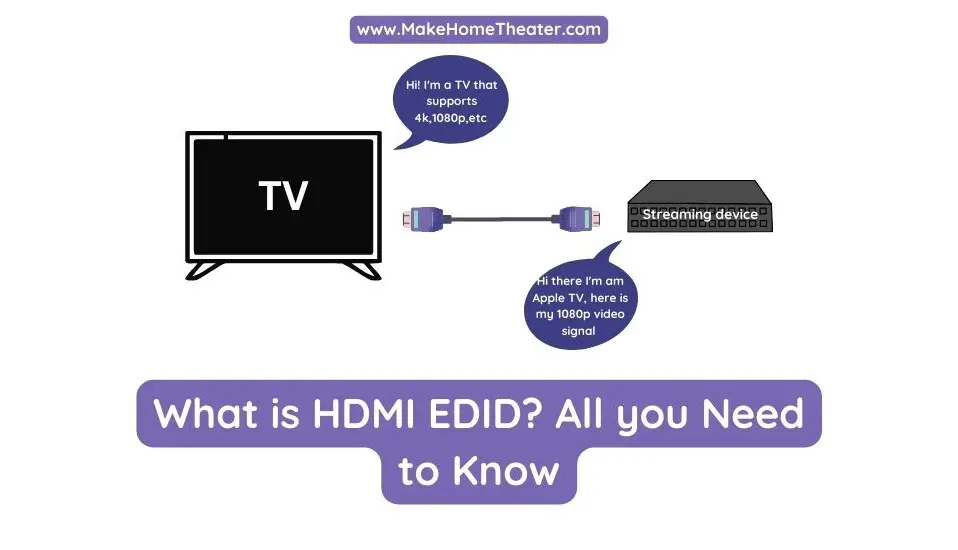
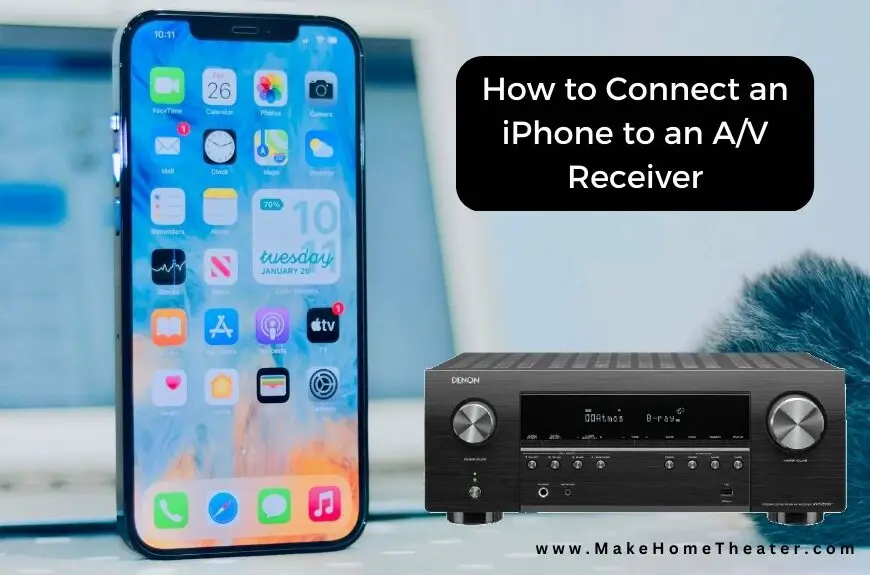
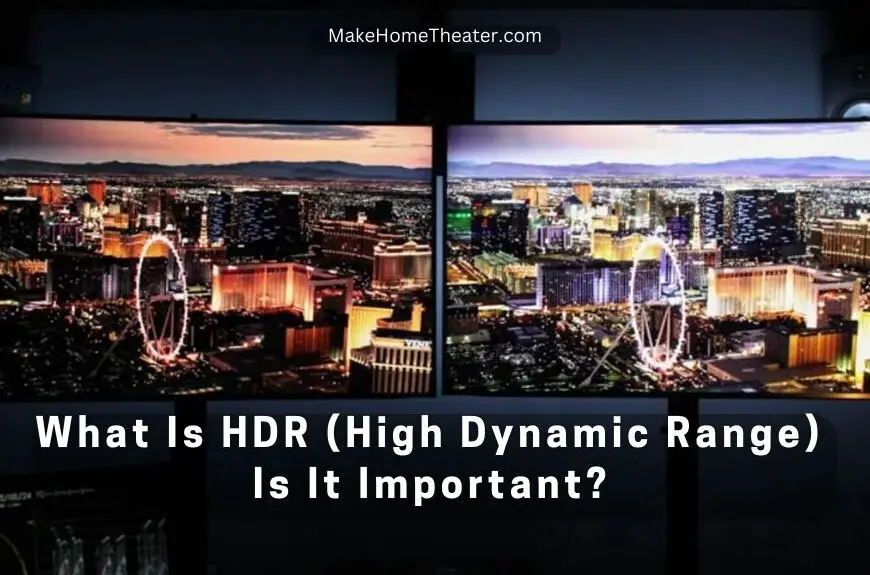

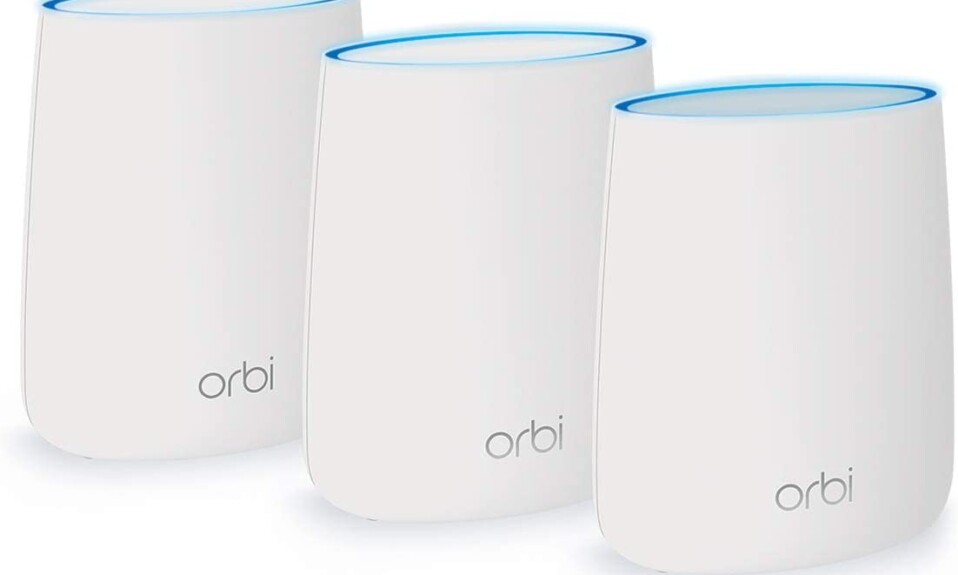
2 Comments